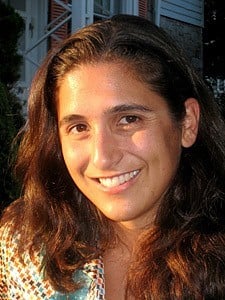Ha’azinu
The Pentateuch’s penultimate portion, Parashat Ha’azinu, memorializes the “Song of Moses,” canted by the great leader on the day of his death. An epic poem in six parts, Ha’azinu tells of God’s enduring relationship with Israel, unfurling their stormy entanglements into both desert past and prophetic future.
Read More
